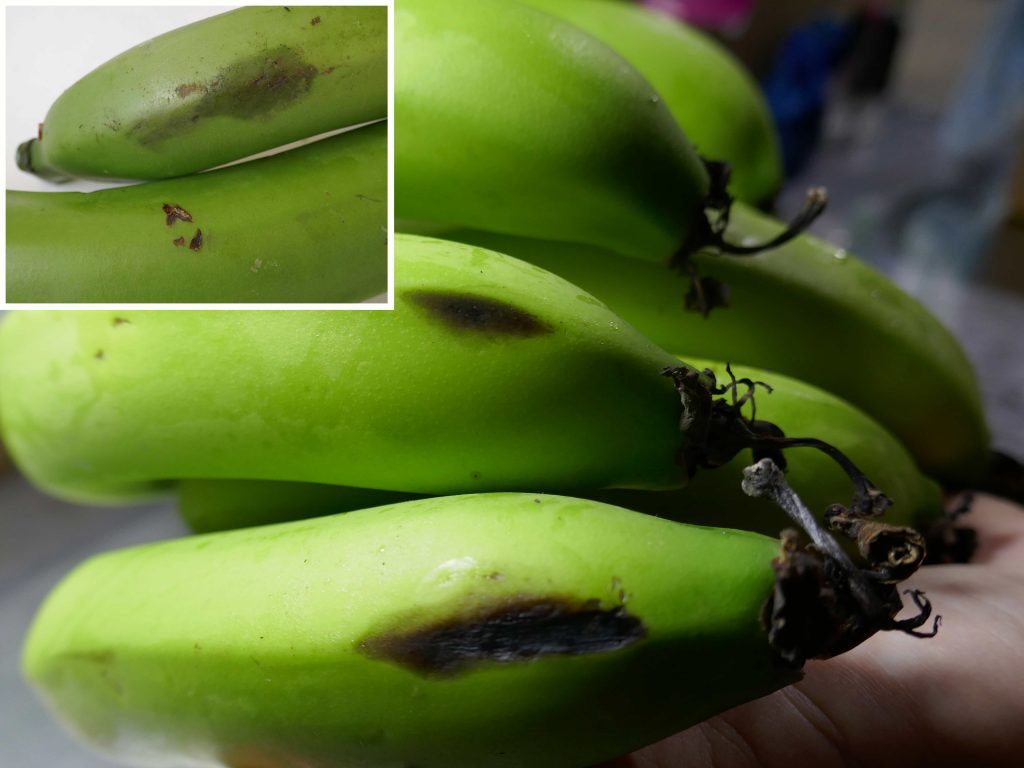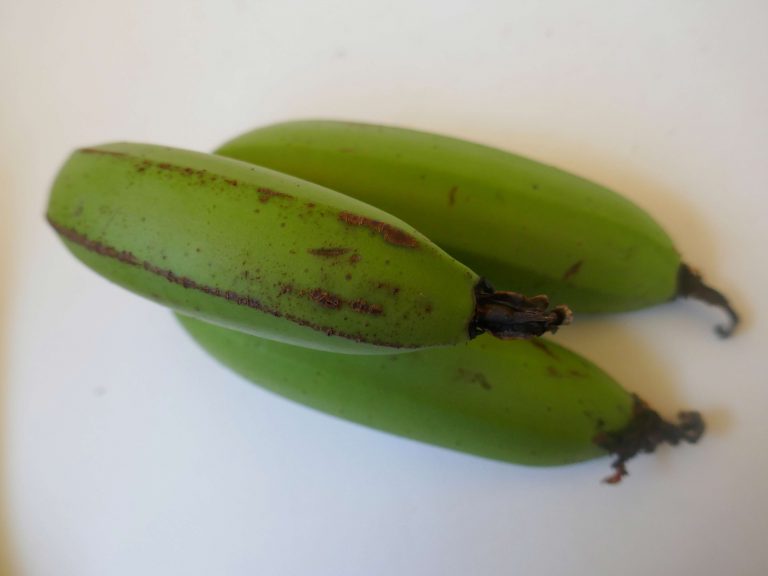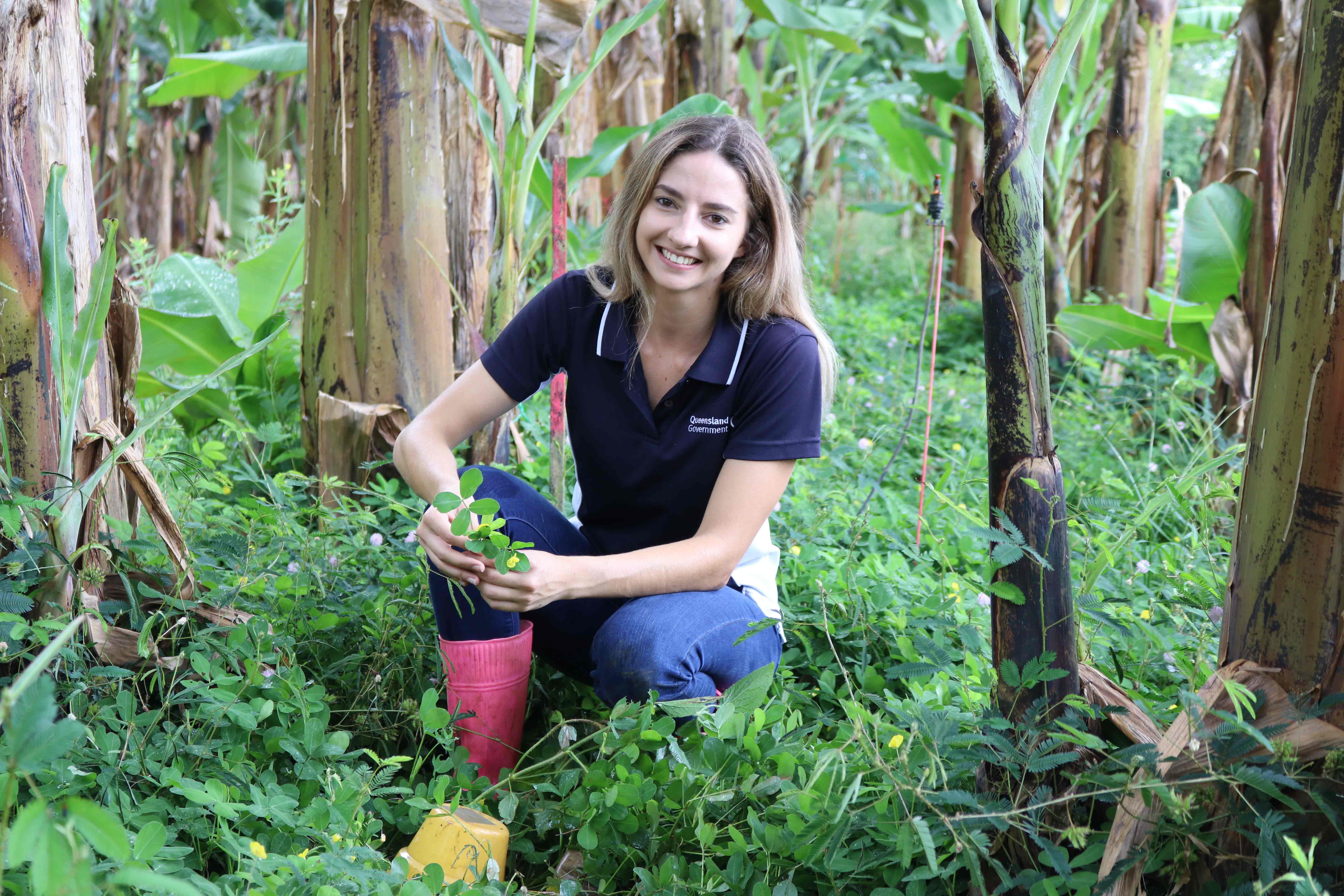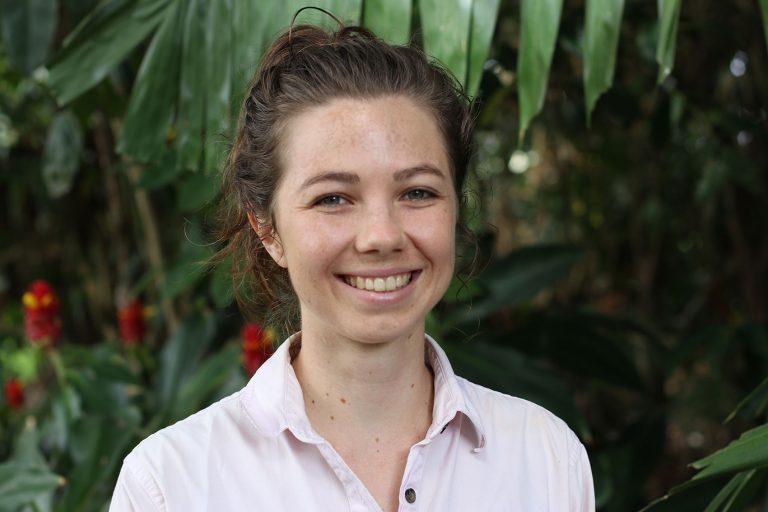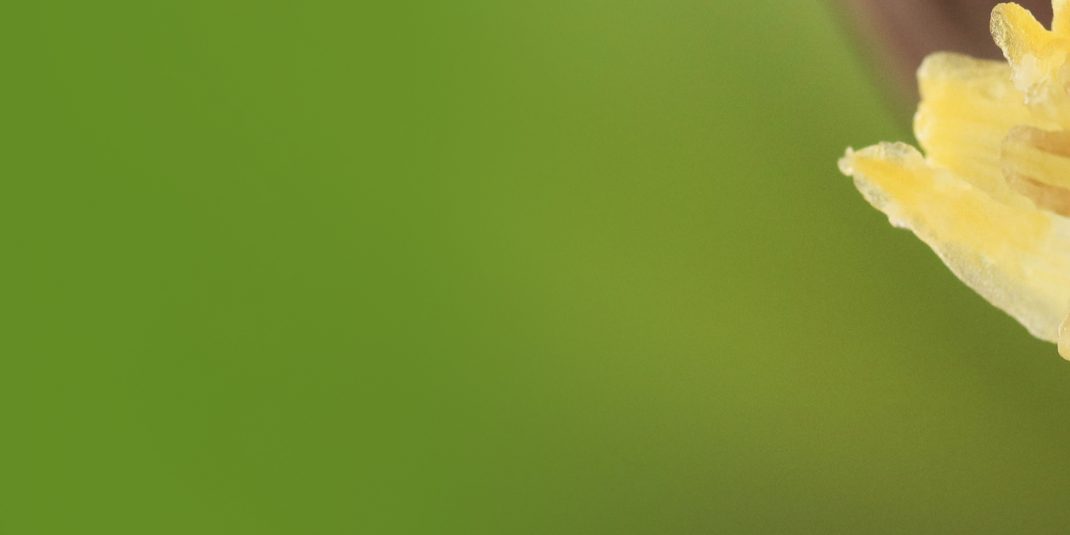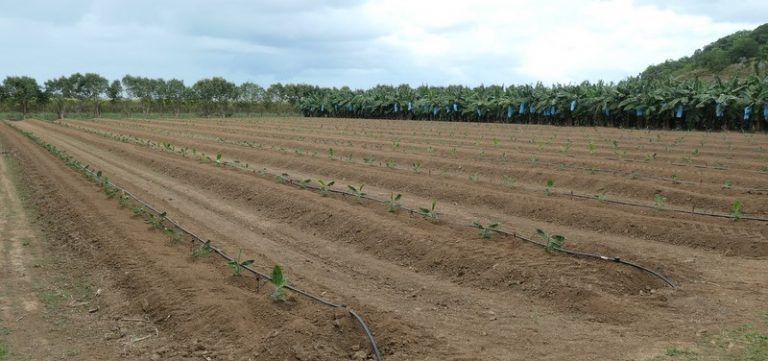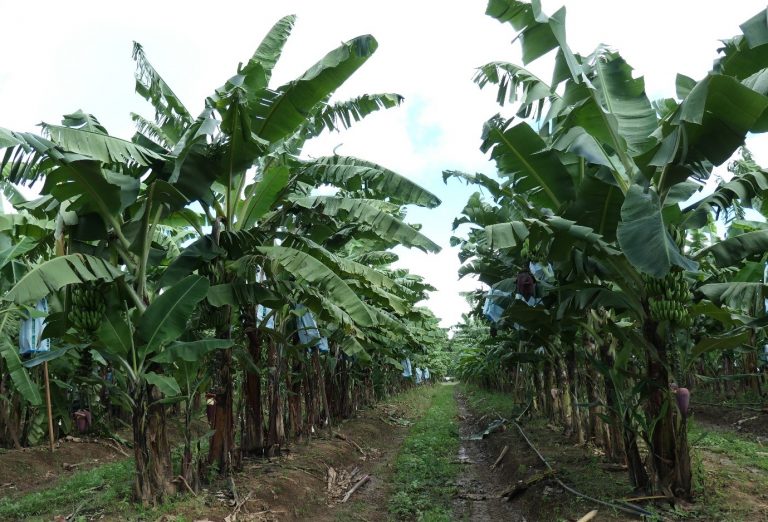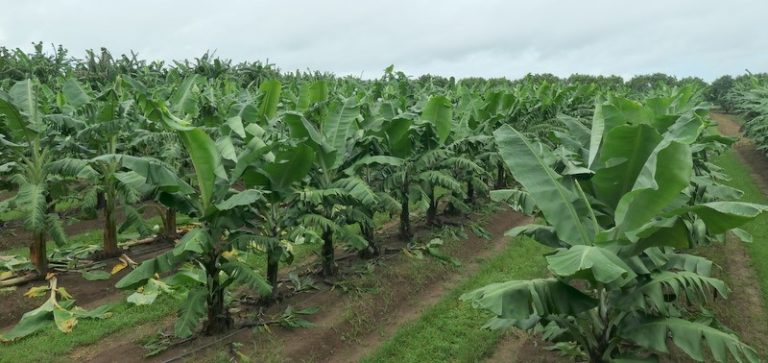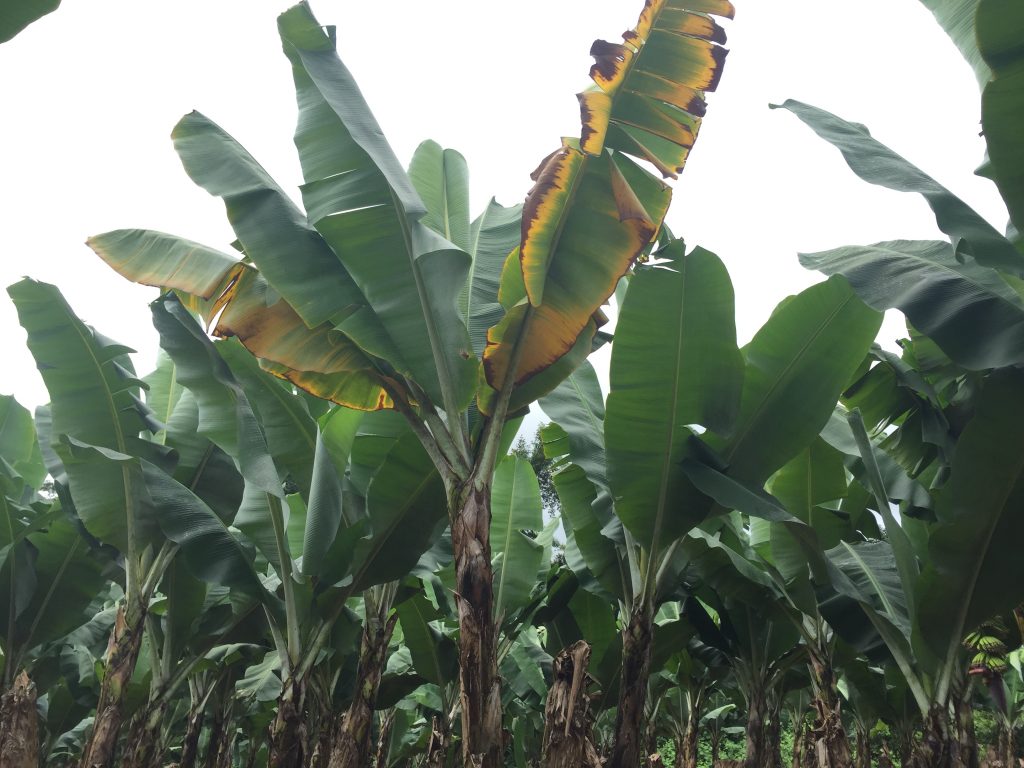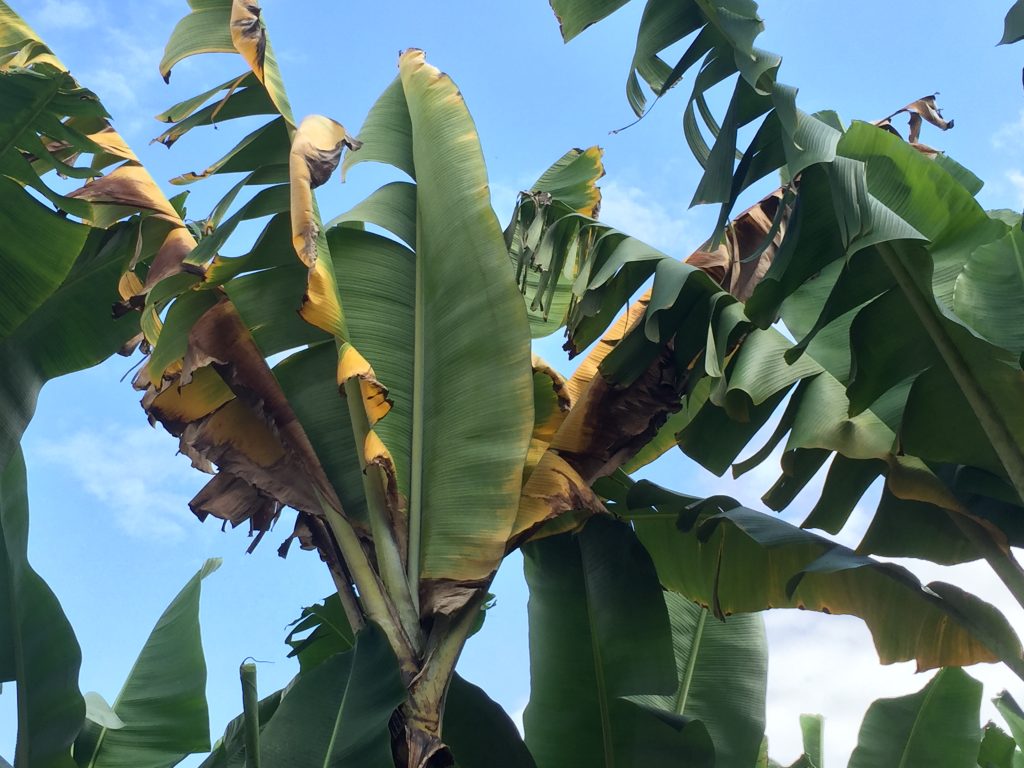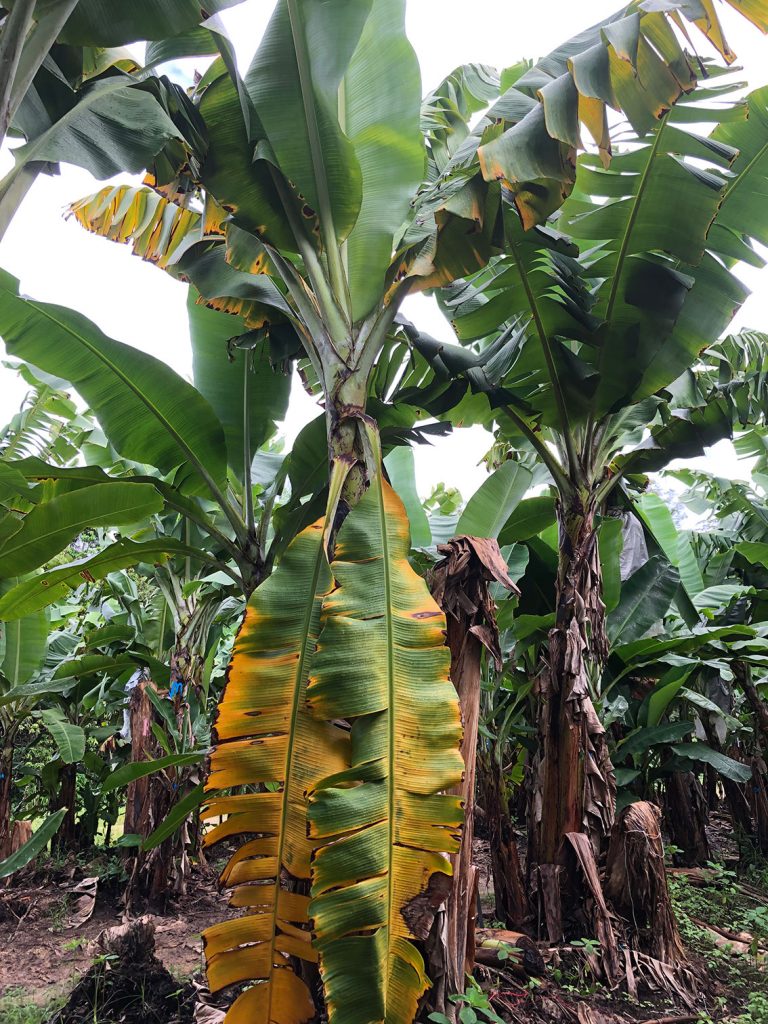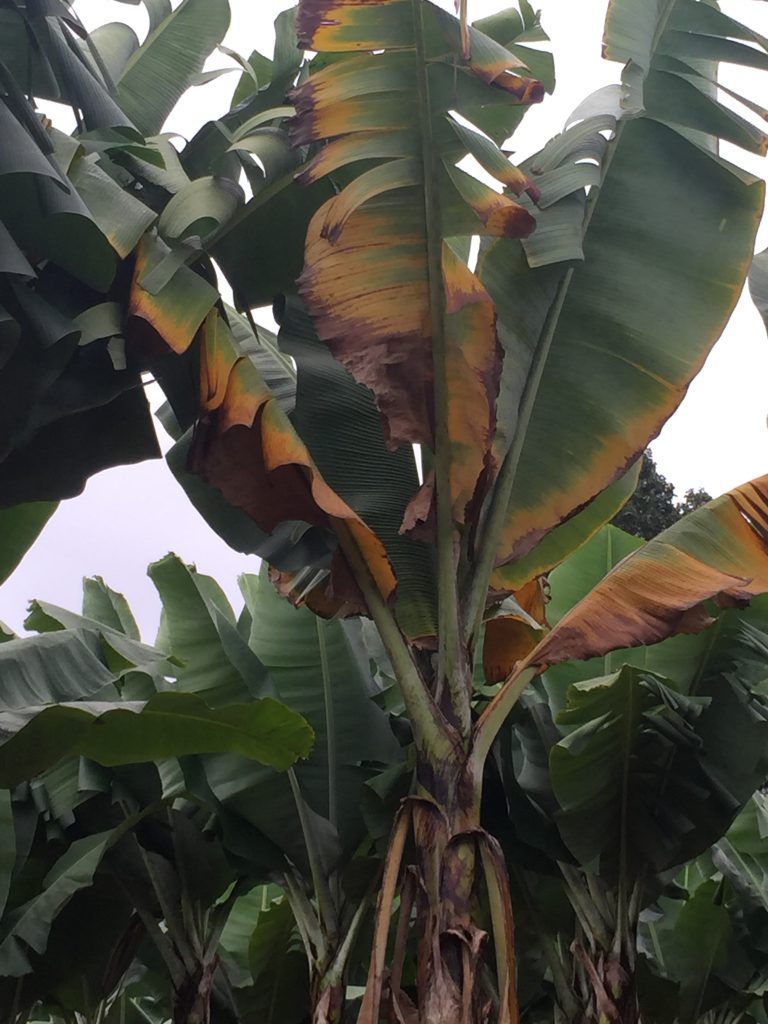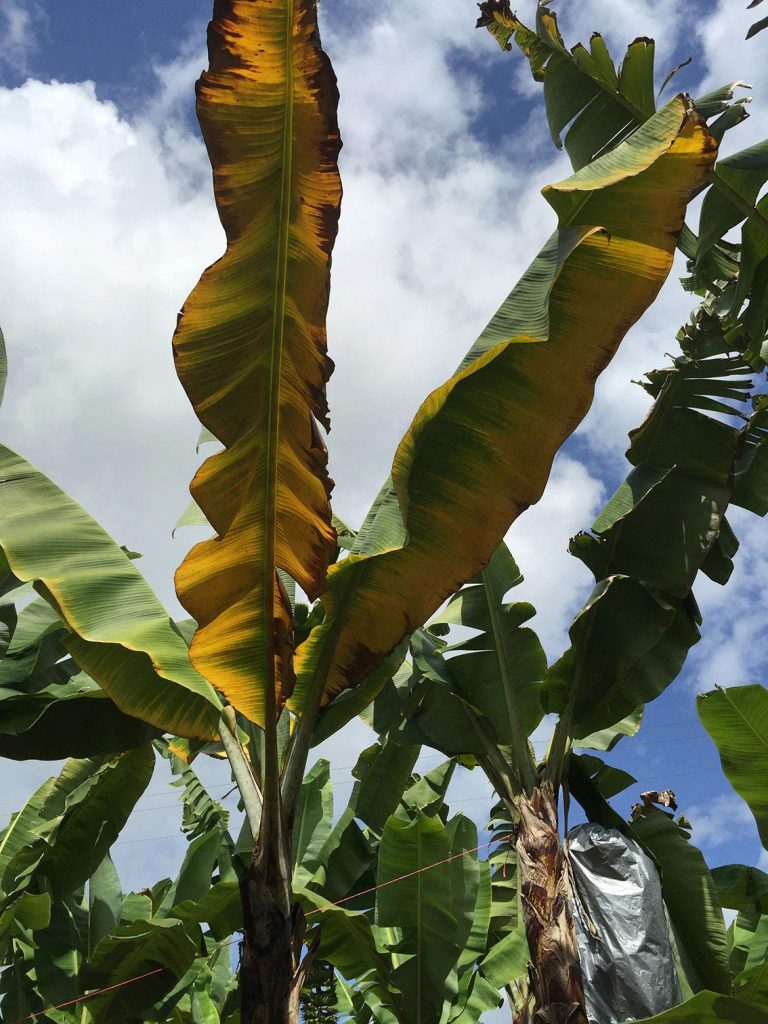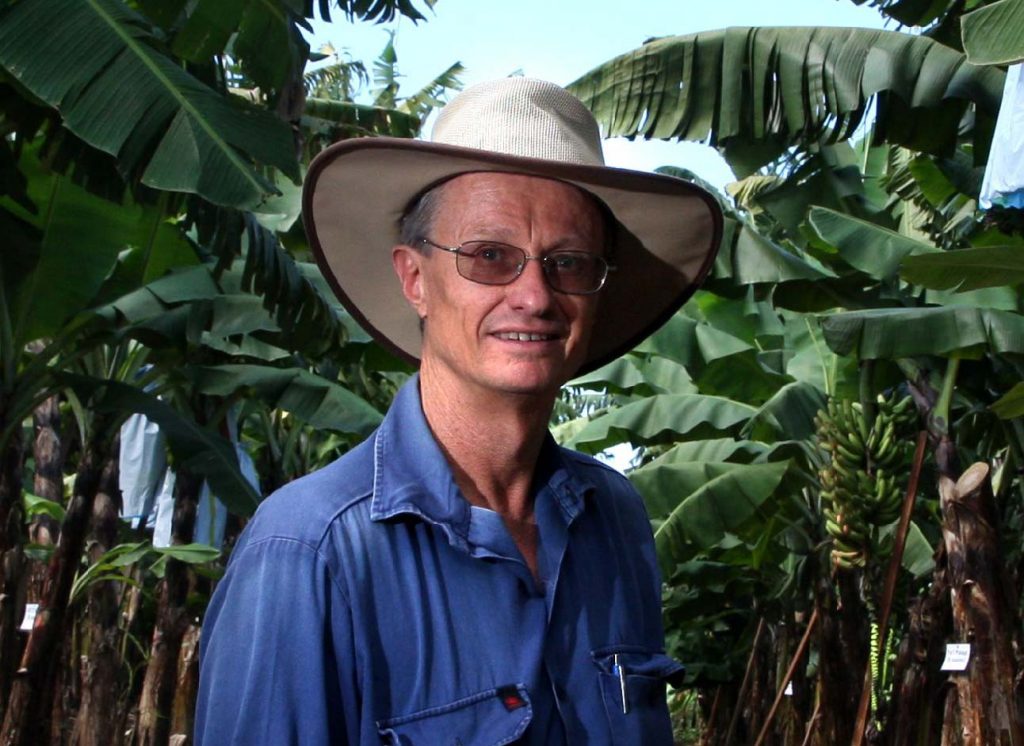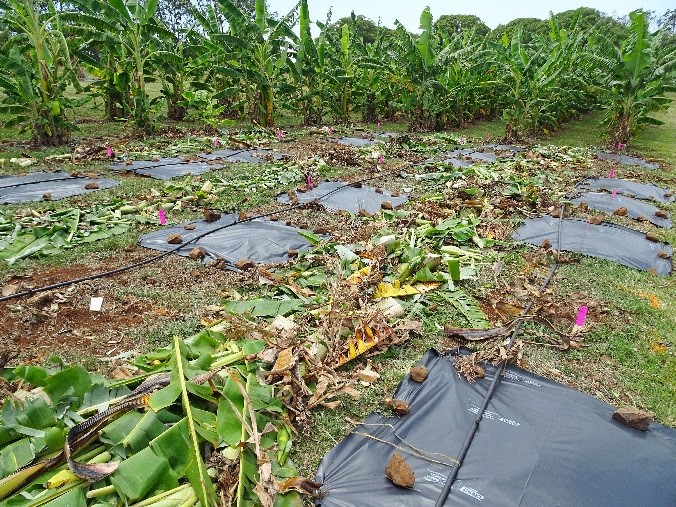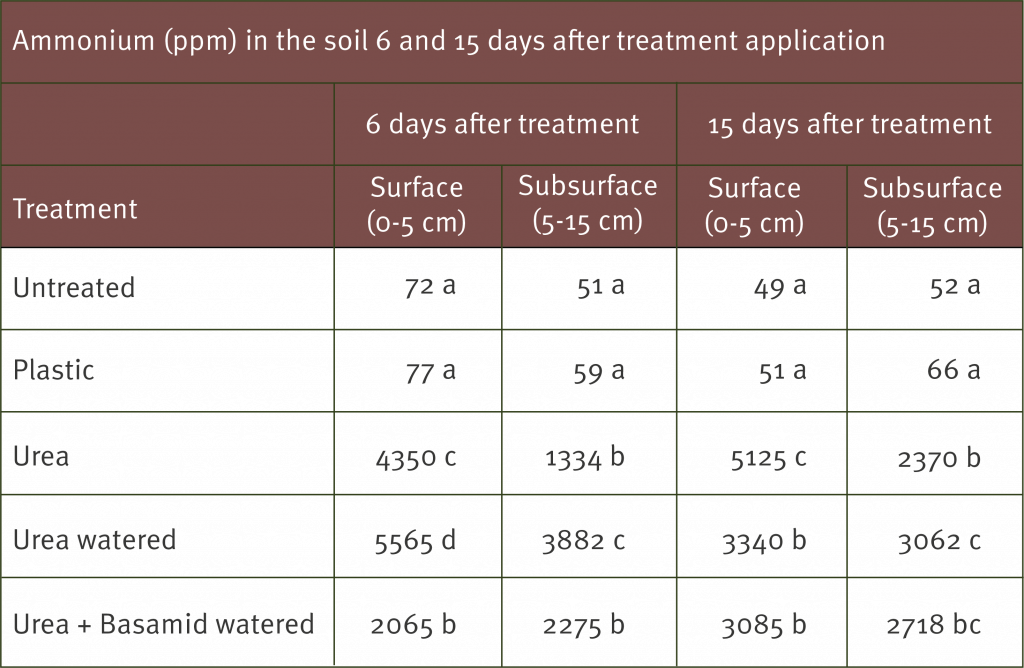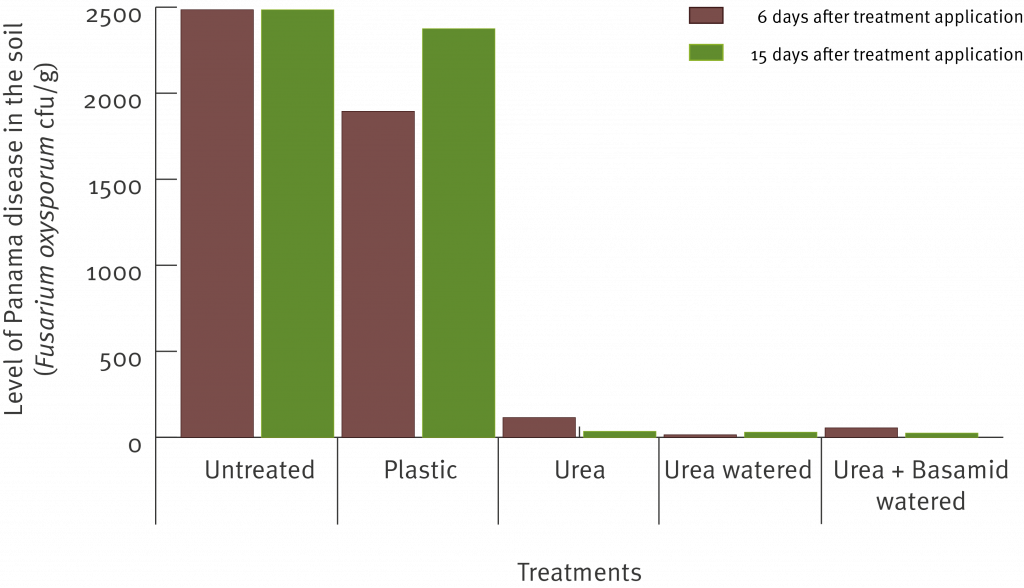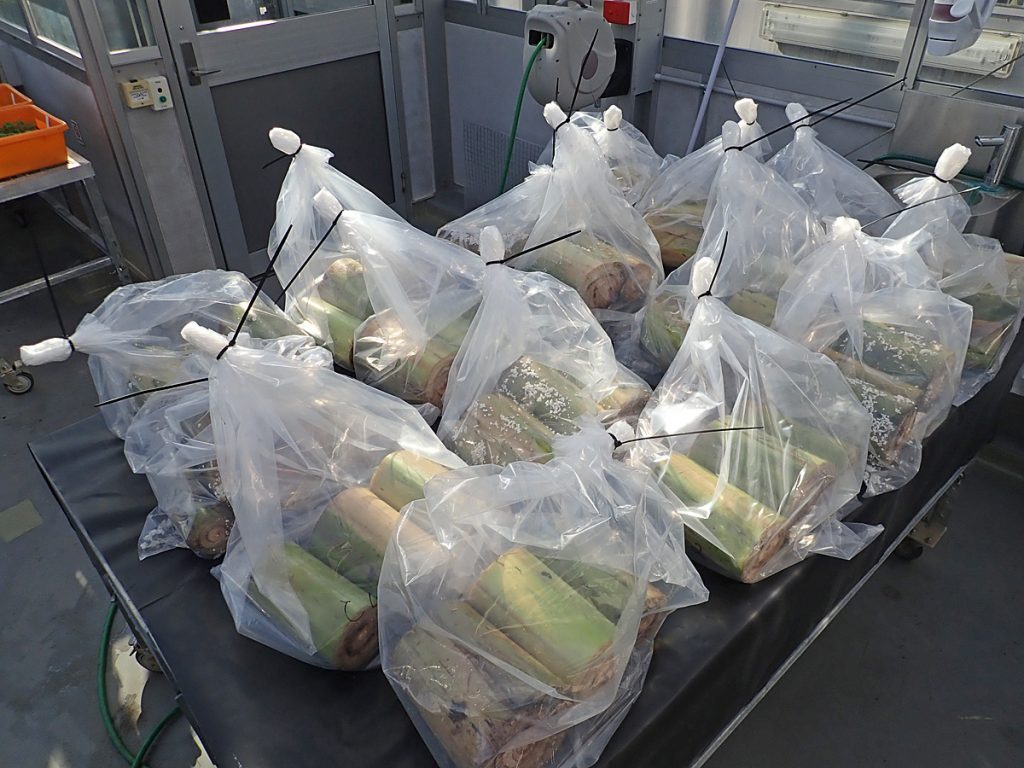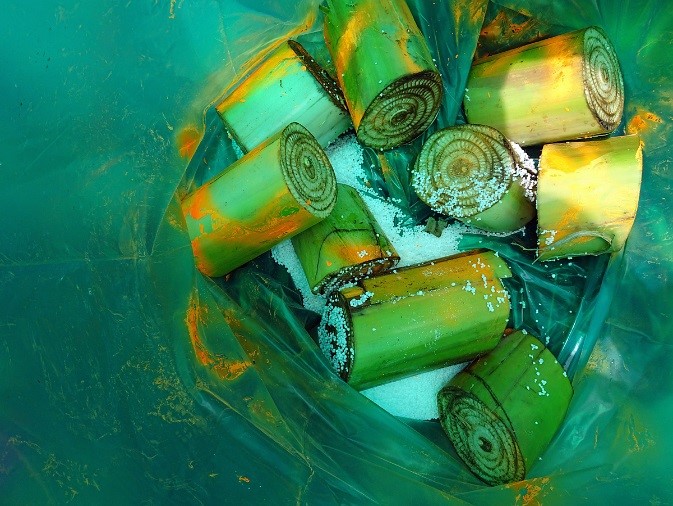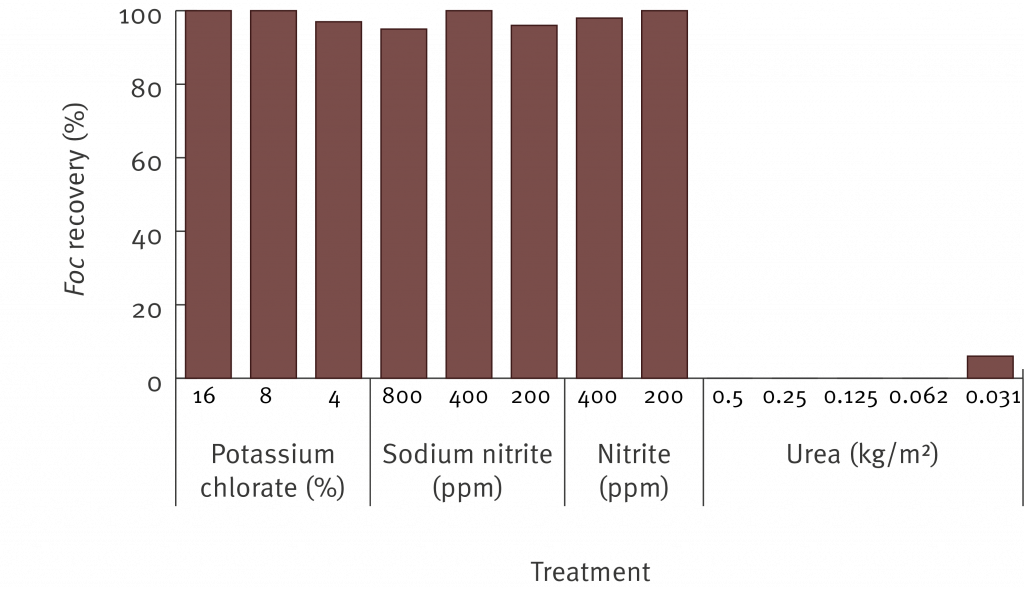Results for Lady Finger fruit rejects
Subtropical banana reject analysis
The following are the results for reject Lady Finger fruit assessed as part of the Subtropical Banana Reject Analysis. The figure below shows the proportion of reject fruit that fell within each of the defect categories. As can be seen, pre-harvest physical defects were responsible for the rejection of 83% of all Lady Finger fruit assessed. Pest and disease defects accounted for 10%, whilst post-harvest defects were the cause of 7% of reject fruit. As was the case with results from the Cavendish assessment, pre-harvest defects again offers the greatest opportunity for improving fruit quality and reducing the number of rejected fruit.
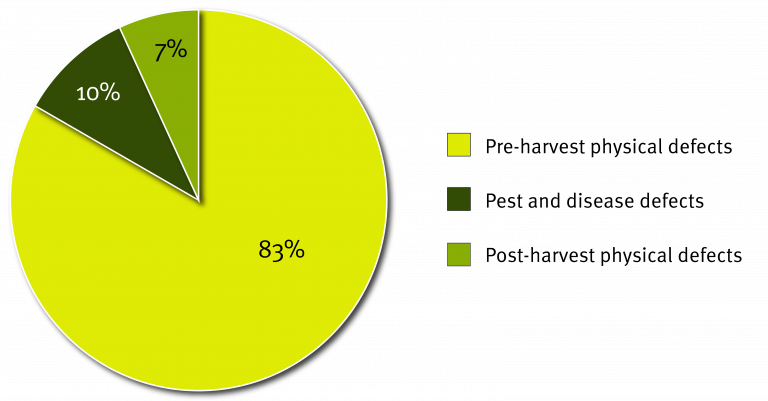
Let’s take a closer look at the defect types resulting in the rejection of Lady Finger bananas. The graph below shows the 15 most prevalent defect types resulting in rejection of Lady Finger bananas. In descending order from left to right they account for almost 90% of all reject fruit for this variety. Again, there are several defects that cannot be prevented or doing so would require too much time and resources to make it financially beneficial. For example, misshapen fruit and doubles or fused fruit cannot be prevented to a large degree as they are caused by factors beyond our control. However, animal damage, rub, pruning damage and damage caused by bunch pests are issues that could addressed through changes to on-farm practices.
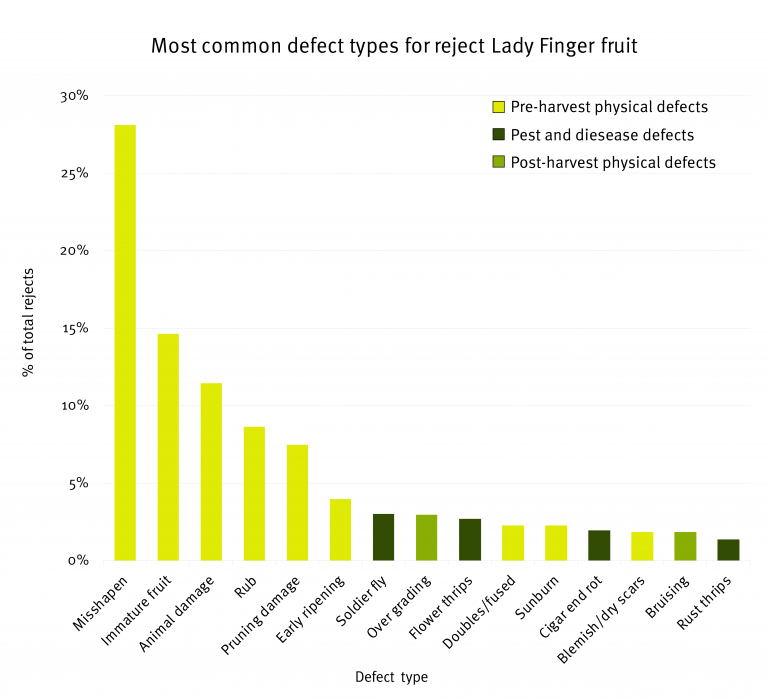
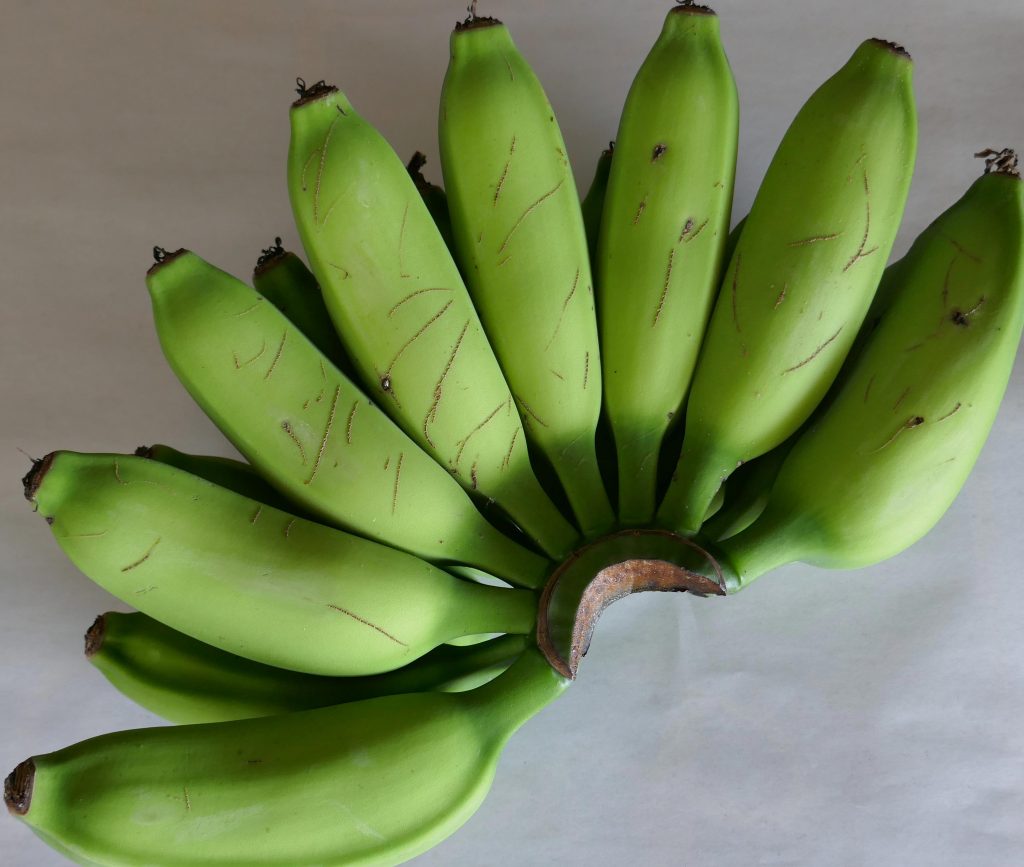


It is worth noting that misshapen fruit occurs more commonly in Lady Finger than Cavendish due to varietal differences in fruit development. However, it is believed that the dry conditions experienced across the NSW growing regions during the study significantly worsened the problem, contributing to the high proportion of rejects resulting from misshapen fruit. Further reject analyses under ‘normal’ growing conditions or over a longer period would need to be undertaken to confirm this result.
The aim of this reject analysis study was to identify the predominant causes for rejection of fruit by growers within our subtropical banana growing regions. With a better understanding it will now allow resources to be best prioritised to address, demonstrate &/or trial innovative practices to reduce these defects. Overall reducing the quantity of fruit rejected through the implementation of cost effective practices will increase profitability.
More information...
A poster is now available showing common quality issues and packing guidelines for subtropical banana growers. To receive a hard copy or for more information contact NSW DPI Industry Development Officer Tom Flanagan on (02) 6626 1352 or email tom.flanagan@dpi.nsw.gov.au
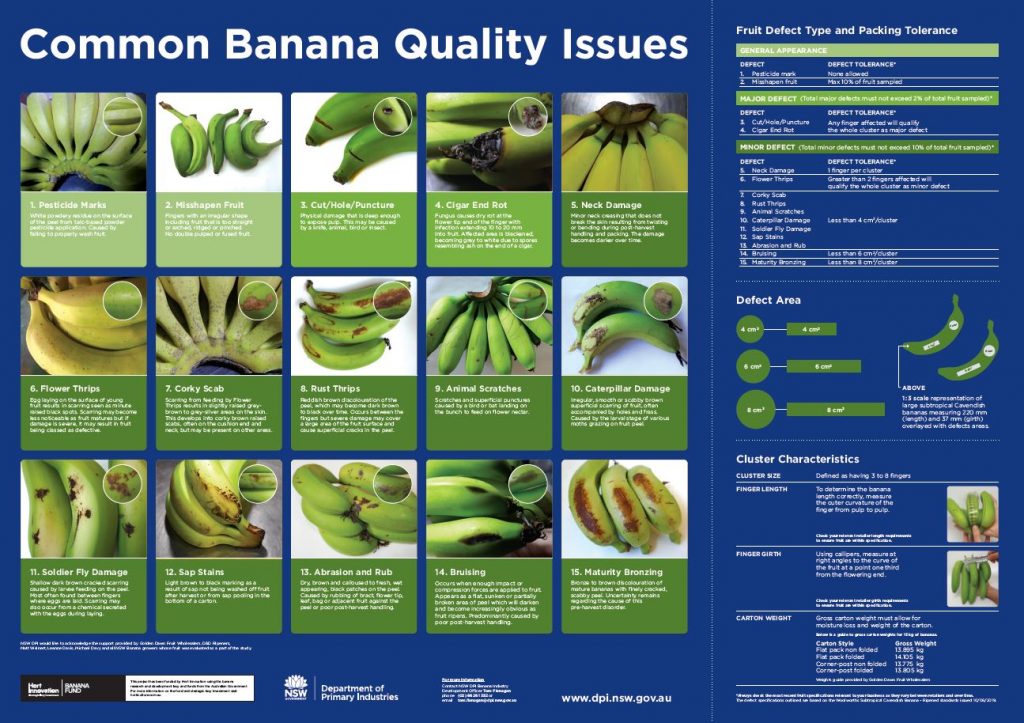
NSW DPI would like to acknowledge all growers who agreed to participate in the study, Matt Weinert, Leanne Davis from NSW DPI and Valerie Shrubb from AGRIC for undertaking the research.
This research has been funded as part of the Subtropical Banana Development and Extension Program (BA16007), which is funded by Hort Innovation, using the banana research and development levy and co-investment from the New South Wales Department of Primary Industries and WA Department of Primary Industries and Regional Development. Hort Innovation is the grower-owned, not-for-profit research and development corporation for Australian horticulture.






